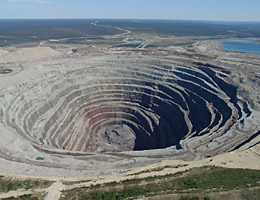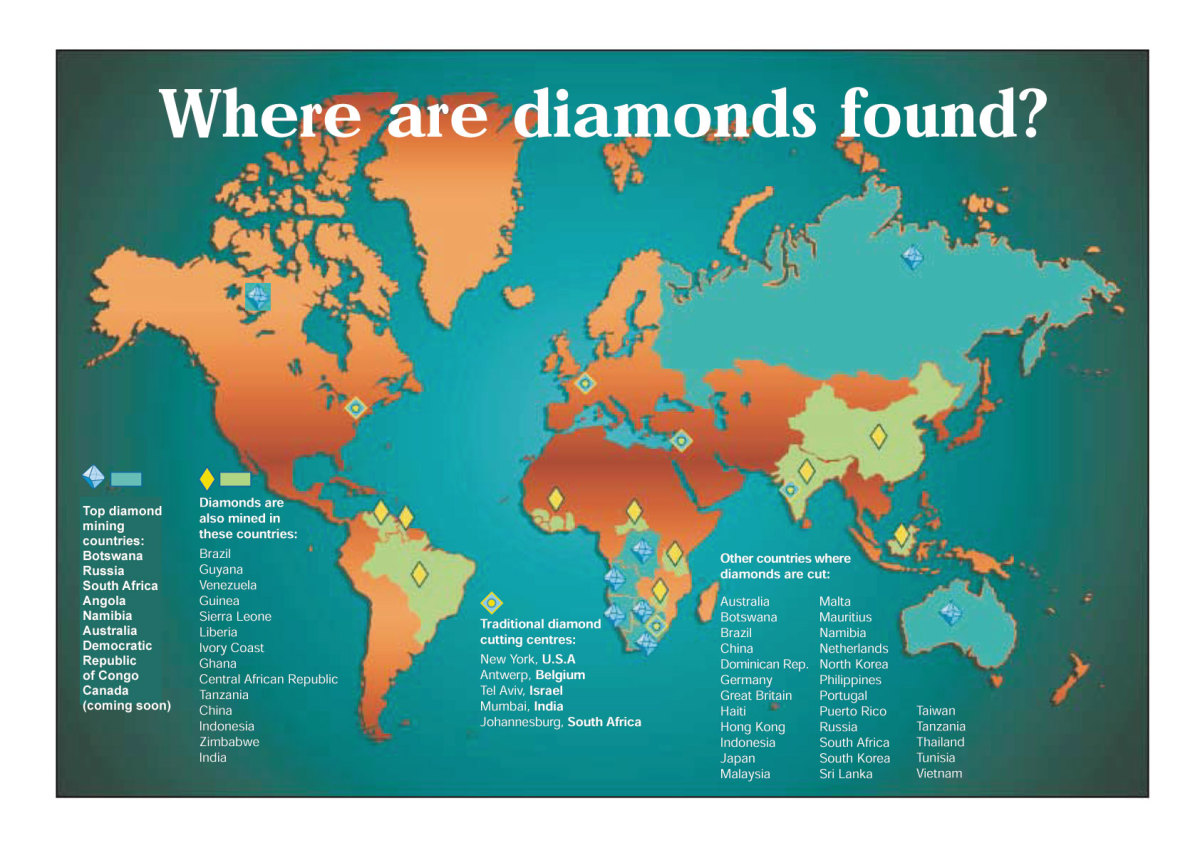3 of the Biggest Lies in History that are Still Widely Believed to be the Truth

Corporate Deception and Historical White-wash
In times of innumerable corporate scandals, sky-rocketing CEO salaries and more and more middle-class folks being pushed to the dumpsters, most of us have come to terms with the reality of big companies screwing over everybody to maintain short-term profits. What's might be really hard to understand is that these 'classic' stories narrated in classrooms and repeated over and over by adults when you were kids were total BS, some one pulled them right out of thin air. Two of these historical events are greatly exaggerated and simply recorded as undisputed facts in most science textbooks around the world. So here it is, three of the biggest lies that are still believed to be the truth.


Quick Facts
- Diamonds are not that rare to command the price they do, scarcity maintained by De Beers to keep prices high.
- Not the hardest substance, Aggregated Diamond Nanorods are 11% harder than diamonds.
- They are lousy investments, can never be sold at a price greater than what they were bought for, unlike gold.
- Artificial diamonds are a reality, indistinguishable from earth diamonds.
1) Diamonds - Not a rare commodity after all
Why is it that you consider diamonds to be so valuable. There could be three possible reasons, i) they are the hardest substance known to man (only partially true) ii) they are visually brilliant and iii) they are very 'rare' (that's where De Beers got us all).The supposed rarity of this mineral is the leg on which the diamond industry stands upon. For much of the human history, diamonds remained extremely precious because they could only be mined in a few select locations on earth with excruciatingly laborious extraction process. In the late 19th century, vast reserves of diamonds were discovered mainly in the African continent. Initially, the decentralized diamond industry accelerated mining activities and the rarity of diamonds were set to become a thing of the past, along with its insanely high price tag. Facing with permanent devaluation of diamond prices, the owner of diamond mines decided to merge together to form a multinational cartel and an evil one at that. Today we know them as 'De Beers'. Together they kept the mining rate in check and the diamond prices rose through the roof, which earns them billions every year. This coupled with advertising campaigns that ran for decades, they successfully engineered the perception that diamonds are a rare commodity, and that you need to burn through several thousand dollar before you can even think of a proposal.
In the 1930s, De Beers took to hollywood to change the image of diamonds in America. They placed diamond rings on the fingers of actresses to make the association of diamonds with romance in the public's mind.

2) Story of Newton and the apple
A 17th century god of physics, Newton practically invented modern science and formulated calculus. The work he is greatly known for are the laws of gravity and the motion of bodies in space. As per the story, he was sitting under an apple tree on a sunny afternoon when an apple dropped and struck his head. Instead of blankly staring upwards like the rest of us, he was inspired to pen down the entire set of universal laws that govern every thing in the universe. Newton, in his entire life, never mentioned anything about the incident with the apple. Some other guy called Conduitt was the first to tell the story of the apple that allegedly happened more than 50 years ago, even then his account was a little sketchy. It is just that people started believing it because of the excitement of it all that something so complex and philosophical could be inspired from a simple accident.

3) Story of Benjamin Franklin with his kite and thunderstorm
During my six years of studying electrical engineering, this story was the hallmark of scientific ingenuity and courage as I understood it until attending a lecture in engineering history. This time I know wikipedia is wrong!. Franklin was a scientist and a political figure and proposed that lightening was made up of electricity. Of course that made him the laughingstock of his day and he was criticized by his colleagues. In history, he did devise the experiment of flying the kite through the cloud in a thunderstorm to prove his theory about electricity. According to many historians, he never went ahead with the experiment for very obvious reasons, he didn't want to get char-coaled alive in the event he was right. As per the stories in textbooks, he went out one night in to a blinding thunderstorm and released a kite with a metal rod attached on its top and a metal ring hanging on the string. If lightening struck, the charge would conduct down the string and in to the metal ring which would let off sparks of static charge when touched. In reality if he had really stood with the string in his hand, the lightening current of 300,000 amps would have absolutely and utterly fried him to a crisp.





